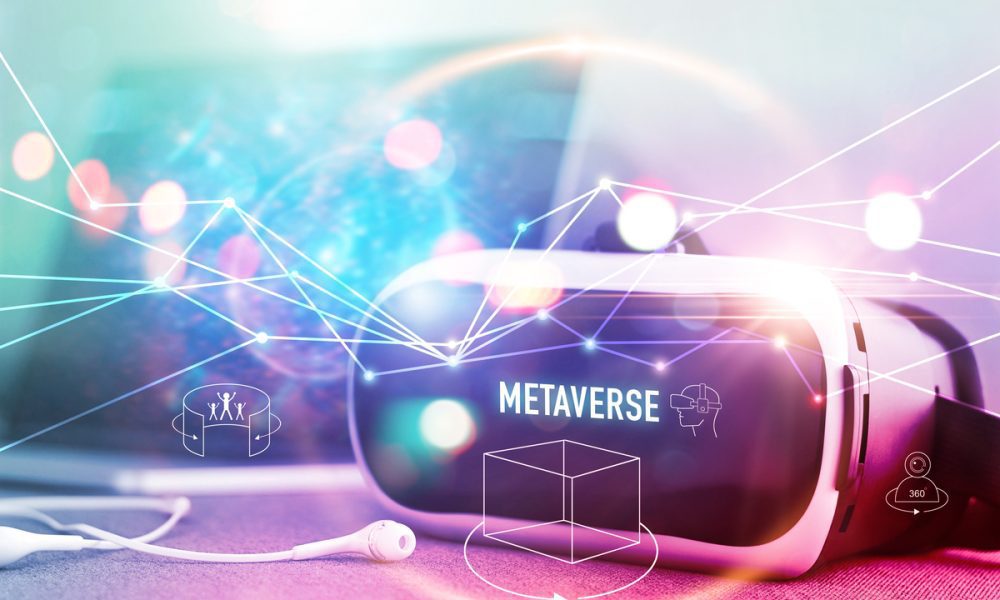We are living through a time of rapid technological change – and evolution – that has seen the recent rise of blockchain-based platforms such as NFT, crypto, DeFi, and the metaverse. So this topic will let you know more about meta concepts and Metafi.
What is MetaFi?
MetaFi is a combination of two concepts – Meta is for metadata (not metaverse) and Fi comes from decentralized finance (DeFi for short).
Cryptocurrency exchange, Binance, was the first to coin the term earlier in 2022 and defines MetaFi as “a new paradigm shift that aims to standardize blockchain technology for scale applications of traditional Web 2.0, including games, social media, and the metaverse”.
By bringing all of this together, the idea is to have a unified blockchain standard that improves interoperability across digital environments.

How does MetaFi work?
One of MetaFi’s goals is to improve interoperability and build a standardized virtual ecosystem. One way to do that is to leverage the metadata associated with assets on the blockchain. As explained by Binance, the NFT metadata will typically contain a link to the associated image. You can also add metadata to a bitcoin (BTC) transaction, allowing you to enter additional information in plain text. By creating metadata standards usable on any blockchain, digital assets can become machine-readable and orderable.
Imagine an NFT marketplace that could use this system to understand and organize NFTs from multiple blockchains if they all presented their metadata in the same way. MetaFi is also involved in community governance like Decentralized Autonomous Organizations (DAOs).
The combination of these components creates a fully functional parallel ecosystem serving users around the world via blockchain.

MetaFi use cases
- Metaverse (Virtual worlds): A metaverse is defined as a 3D digital space for social, work, and business opportunities, where users can engage in certain activities in a similar way to the real world. Such virtual worlds have multiple implementations such as wearable NFTs, consumables, collectibles and more, providing a simple amount of NFT into virtual reality.
- Marketplaces: Marketplaces include Raible, Nifty Gateway, LookingRare, OpenSea, to name a few. Cryptocurrency enthusiasts can enjoy NFTs that include digital artworks, virtual wearables, domains, music, virtual real estate, and more. NFTs are considered financial assets and govern ownership.
- NFT Yield Farming: The idea behind profit farming is that you can put your idle NFTs to good use and earn in return for using your tokens as collateral or renting them out for profit. . This is a common strategy in the game, where people can rent expensive or valuable in-game NFT items to players who usually can’t afford them. Yield farming NFT then is a suitable application for MetaFi.

MetaFi challenges
- Software and Hardware: The next generation of the Internet will require higher capabilities to support 3D virtual worlds powered by VR, AR and AI. The same goes for blockchain scalability and security across networks. Currently, all these technologies like 5G and cloud computing are far from being deployed and adopted on a global scale. Many are also not ready for commercial use.
- Blockchain Interoperability: Additional challenges arise from the blockchain where MetaFi runs and operates. Interoperability refers to the ability of an application (Dapp) to access and transact information across different blockchain platforms and networks.
MetaFi is an exciting new idea in crypto and the possibilities that arise from it are almost endless. Whether in the field of metaverse, games or other areas, this concept is sure to spark a large number of MetaFi applications and more innovations in the crypto universe
Want to know more about metafi – contact us right here
Contact us if you have any queries about Blockchain development services, dApps development, NFT marketplace development, Crypto wallet development, Smart contracts development.

